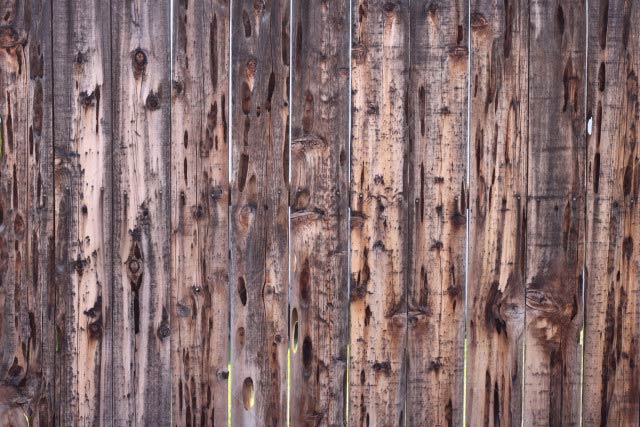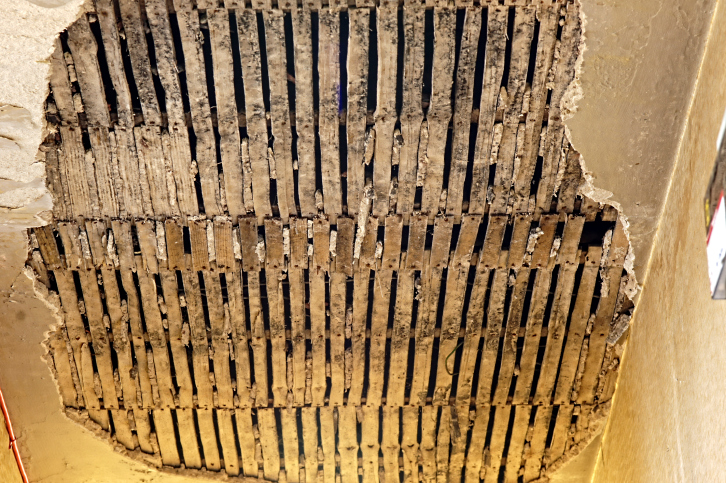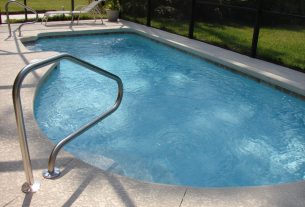Termites, while no threat to human health, can cause massive amounts of structural damage to homes if not dealt with in time. These pests feed on cellulose, which is the main component of plant cells – in other words, they eat wood and plants.
Termite infestations can happen in one of two ways, depending on the species of termite – by air, or through the ground.
A drywood termite infestation usually happens when an existing colony sends out flying ‘scouts’ to search for new food sources. If they happen to find a crevice in the wooden structure of your home, they will shed their wings, carve themselves a little nest and start pumping out eggs in an attempt to start a new colony.
Subterranean termites, on the other hand, generally infiltrate your home through the foundations.
So, what are the signs to look out for?
1. Swarming
If you see a large congregation of flying termites in the spring months (March to June), they are showing swarming behavior. This does not mean that they have already infested your house, but you should be wary. However, if you see any fly out from under your porch or patio, the infestation has more than likely already begun.
2. Piles of wings
This is a sure sign that your home has been infested. Once termites have started to build their nest, they will shed their wings, which look like tiny fish scales.
3. Piles of feces
Termite feces, called frass, look like sawdust. If you happen to see piles of it close to wooden structures, there is a high likelihood of active drywood termite infestation (subterranean termites actually have a use for their frass, so you won’t really see piles of it lying around). If you discover a collection of frass, try getting rid of it. If it comes back after a few days, you can be sure it’s an active infestation.

4. Tunnels
If you happen to see mud-like tunnels extending from the ground, past the foundation of your home and to a wooden structure, break it open. You may find the white or translucent worker termites. However, even if you don’t see them, it does not mean it’s not an active infestation – the termites may have just moved on. If the tunnel is rebuilt after a couple of days, it’s a sure sign of infestation.
5. Swollen ceilings, floors and walls
This looks similar to water damage. Mainly because termites need a moist environment to thrive in, so they will bring water with them as they hollow out the wooden structures.
6. Holes in wooden structures and hollow sounds when tapping the wood.
If you see a few of these signs of infestation, the best thing to do is call for a professional exterminator to examine the extent of the damage. You could also attempt to sort out the issue yourself, but this is not recommended.




Thank you for talking about wings and frass and how you can use them as signs that termites are invading your house. With how much of this I’ve been seeing around my house, I initially thought that someone was already doing a good job at exterminating the termites since discarded wings made me think they already died. Now that I know what this truly means, I’ll look for a pest control expert that can give me some assistance right away.